Abit AT8: µGuru comes to the RD480
by Gary Key on March 10, 2006 12:05 AM EST- Posted in
- Motherboards
Basic Features: Abit AT8
The Abit AT8 is a value-based performance board targeted towards the enthusiast user. The board ships with an extensive accessory package that includes the standard assortment of IDE/SATA cables, power connectors, and USB header cables. Abit also includes an extensive driver CD along with their desktop µGuru utilities.
| Specification | Abit AT8 |
| CPU Interface | 939-Pin Socket supporting AMD Athlon 64 / 64FX / 64X2 |
| Chipset | ATI CrossFire Xpress 200 (RD480) - North Bridge ULi M1575 - South Bridge |
| HTT Speeds | 200MHz ~ 400MHz in 1MHz increments |
| CPU Clock Multiplier | Auto, 4x ~ 12x in 1x increments (4000+ CPU setting, maximum multiplier dependent upon processor utilized) |
| Memory Speeds | Auto, 200MHz, 266MHz, 333MHz, 400MHz, 433MHz, 466MHz, 500MHz |
| PCI Bus Speeds | Fixed at 33.33MHz |
| PCI Express Bus Speeds | Auto, 90MHz ~ 140MHz in 1MHz increments |
| LDT Multipliers | Auto, 200MHz, 400MHZ, 600MHz, 800MHz, 1GHz |
| LDT Link Speed | Auto, 8-bit, 16-bit |
| Core Voltage | Auto, 1.4000V ~ 1.8000V (AMD 64 4000+) (settings in 0.0250V increments, base +.4000V for max voltage), (base / max voltage dependent upon CPU) |
| DRAM Voltage | Auto, 2.50V ~ 3.20V |
| NB 1.8V Setting | 1.50V ~ 2.00V, in .05V or .10V increments |
| NB 1.2V Setting | 1.00V ~ 1.80V, in .10V increments |
| HT Voltage | 1.20V ~ 1.40V, in .05 increments |
| DDR Reference | Default, +10mV ~ +60mV, -10mV ~ -60mV, in .10mV increments |
| Memory Slots | (4) x DIMM, max. 4GB, DDR 400/333/200, non-ECC, un-buffered memory, Dual Channel Operation supported. |
| Expansion Slots | (2) x PCI-E x16 (each slot operates in 1x8 mode for CrossFire operation) (2) x PCI-E x1 (2) x PCI 2.3 |
| Onboard SATA | ULi M1575: (4) x SATA II (3.0Gb/s, NCQ, Hot Plug) |
| Onboard IDE | ULi M1575: (2) x UltraDMA 133/100/66/33 |
| SATA/IDE RAID | ULi M1575: (4) x SATA II 3Gb/s - RAID 0, RAID 1, RAID 0+1, RAID 5 |
| Onboard USB 2.0 | (8) USB2.0 ports (four ports, two headers for four more ports) |
| Onboard LAN | Realtek RTL8110SB PCI 10/100/1000Mb/s LAN - LOM Controller |
| Onboard Audio | Realtek ALC-882D - 7.1 channel capable HD Audio Codec, Dolby Digital Live capable |
| Onboard Firewire | TI TSB43AB22 IEEE 1394 chipset - 1394A capable |
| Power Connectors | 24-pin ATX 4-pin ATX 12V 4-pin 12V |
| Back Panel I/O Ports | 1 x PS/2 Keyboard 1 x PS/2 Mouse 1 x S/PDIF Optical Out 1 x S/PDIF Optical In 1 x Audio I/O Panel 1 x RJ45 LAN 4 x USB 2.0 1 x IEEE 1394 |
| Other Features | Silent OTES Technology µGuru Technology - Abit EQ - hardware monitoring system - OC Guru - overclocking utility - Fan EQ - fan monitoring utility Flash Menu - windows based flash utility BlackBox - windows based diagnostic utility |
| BIOS | Award 1.1 (2/15/06, in final testing for public release) |
The Abit AT8 is a value-based performance board targeted towards the enthusiast user. The board ships with an extensive accessory package that includes the standard assortment of IDE/SATA cables, power connectors, and USB header cables. Abit also includes an extensive driver CD along with their desktop µGuru utilities.


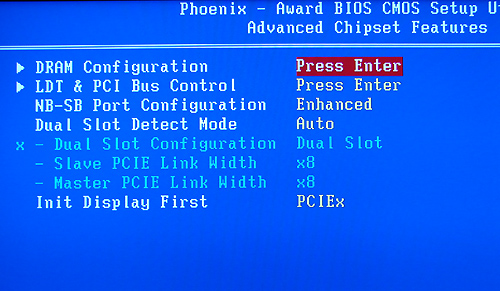
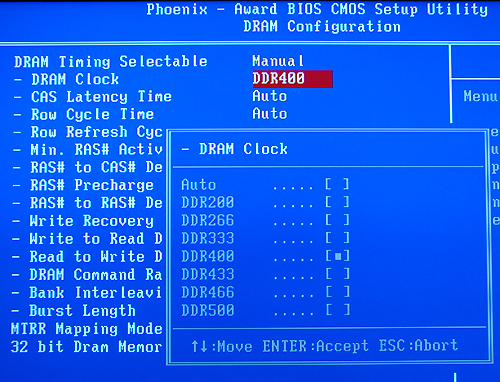


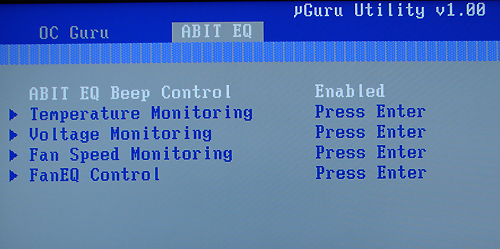
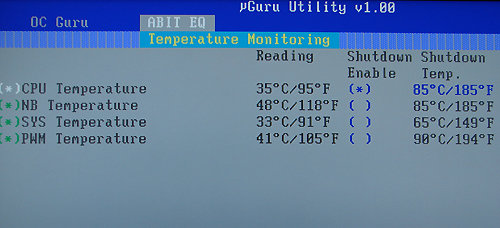
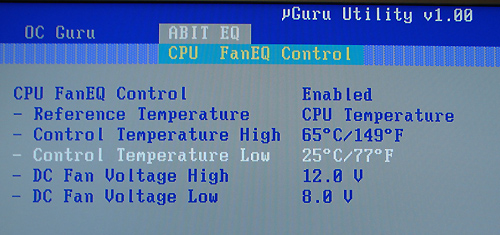
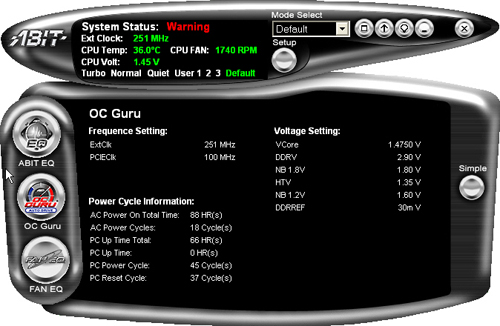
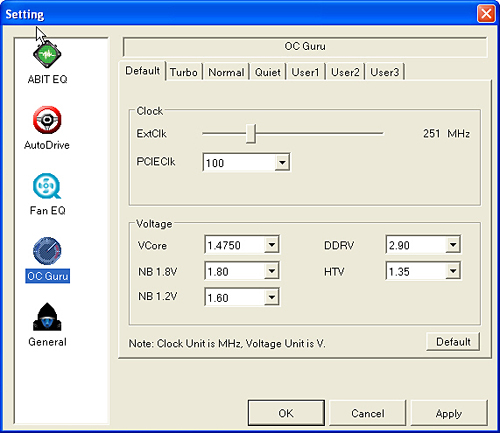










42 Comments
View All Comments
Gary Key - Friday, March 10, 2006 - link
Abit plans on this board becoming a value performance leader with the AT8-32x being slightly more upscale in the price range. We will be reviewing this board once it is available. However, given the current price range of the RD580 boards, the RD480 boards are the better value at this time given the incremental performance differences of the RD580 (although this would be my personal choice).
There have been some growing pains with the ATI chipsets but there were also growing pains with the NVIDIA/SIS/VIA/ULi/ALI/Intel/etc. chipsets at product launches also. :) Overall, both the ATI RD480 and RD580 are very good chipsets, the fact the SB600 Southbridge was not available in time for either product launch is where I think ATI failed. This forced the board suppliers to utilize a Southbridge solution (ULi M1575) that was not designed in conjunction with the RD480/580 Northbridge. While it is an excellent Southbridge solution, some of the storage access and timing issues that have been reported and now solved, were not seen on the few SB450 equipped boards. I personally expect the ATI equipped boards to mature quickly and provide an excellent competitive alternative to the nForce boards. This is good for all of us.
n7 - Friday, March 10, 2006 - link
Even with the OCing issues, this is still a far better value Crossfire choice for anyone than the craptastic A8R-MVP